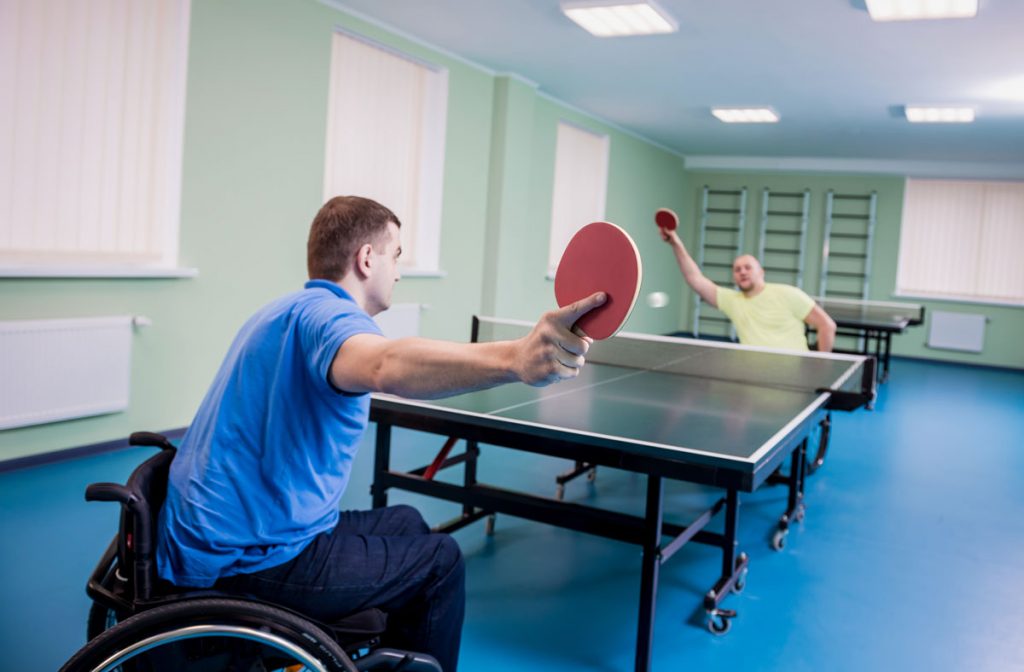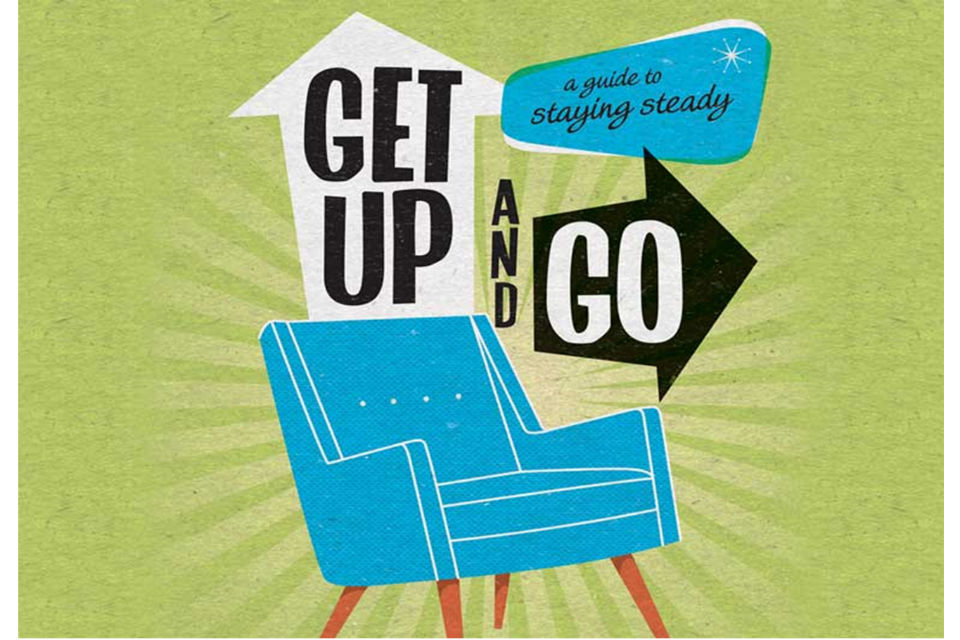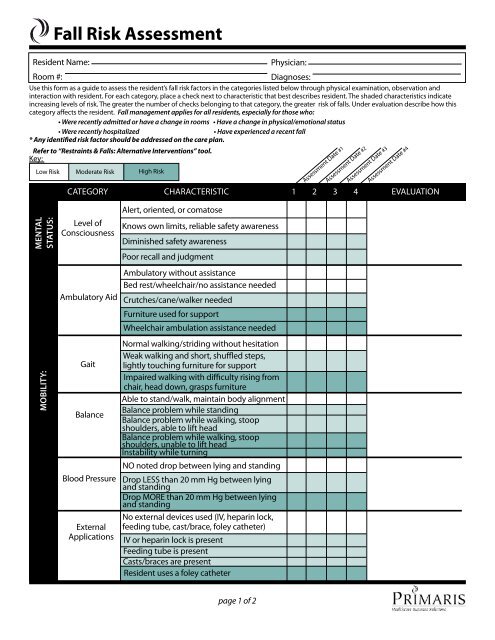The 8-Minute Rule for Dementia Fall Risk
Rumored Buzz on Dementia Fall Risk
Table of Contents8 Simple Techniques For Dementia Fall RiskSome Of Dementia Fall RiskThe smart Trick of Dementia Fall Risk That Nobody is Talking AboutThe Best Guide To Dementia Fall Risk
A fall danger analysis checks to see just how most likely it is that you will certainly fall. The assessment typically consists of: This consists of a collection of inquiries concerning your overall health and if you have actually had previous drops or problems with balance, standing, and/or strolling.STEADI consists of screening, examining, and intervention. Interventions are referrals that may decrease your risk of falling. STEADI includes three steps: you for your risk of falling for your danger elements that can be enhanced to try to avoid falls (for instance, balance problems, impaired vision) to lower your risk of falling by using efficient techniques (for example, offering education and sources), you may be asked numerous inquiries consisting of: Have you dropped in the past year? Do you feel unstable when standing or strolling? Are you fretted regarding falling?, your supplier will evaluate your strength, equilibrium, and gait, utilizing the adhering to loss evaluation tools: This examination checks your gait.
You'll sit down once more. Your copyright will certainly check just how long it takes you to do this. If it takes you 12 secs or more, it may mean you are at greater danger for a fall. This examination checks strength and balance. You'll being in a chair with your arms went across over your breast.
The settings will certainly get tougher as you go. Stand with your feet side-by-side. Move one foot halfway ahead, so the instep is touching the large toe of your other foot. Move one foot totally in front of the other, so the toes are touching the heel of your various other foot.
Dementia Fall Risk Can Be Fun For Anyone
A lot of falls occur as a result of multiple adding aspects; as a result, taking care of the danger of falling begins with recognizing the variables that add to fall risk - Dementia Fall Risk. Several of one of the most pertinent danger factors consist of: Background of prior fallsChronic clinical conditionsAcute illnessImpaired gait and balance, reduced extremity weaknessCognitive impairmentChanges in visionCertain high-risk medications and polypharmacyEnvironmental variables can likewise enhance the threat for drops, including: Poor lightingUneven or harmed flooringWet or slippery floorsMissing or harmed handrails and order barsDamaged or incorrectly fitted equipment, such as beds, mobility devices, or walkersImproper use of assistive devicesInadequate supervision of individuals living in the NF, including those who show aggressive behaviorsA effective autumn risk monitoring program needs a complete medical assessment, with input from all participants of the interdisciplinary group

The treatment strategy need to likewise include treatments that are system-based, such as those that advertise a secure environment (proper illumination, hand rails, get bars, etc). The efficiency of the treatments need to be reviewed occasionally, and the care strategy revised as needed to mirror changes in the loss danger analysis. Implementing an autumn risk monitoring system utilizing evidence-based best practice can minimize the frequency of falls in the NF, while limiting the possibility for fall-related injuries.
What Does Dementia Fall Risk Mean?
The AGS/BGS guideline recommends screening all adults aged 65 years and older for fall risk every year. This screening contains asking individuals whether they have actually dropped 2 or even more times in the past year or sought medical interest for an autumn, or, if they have not that site fallen, whether they feel unsteady when strolling.
Individuals that have actually dropped when without injury ought to have their balance and gait assessed; those with gait or equilibrium problems need to obtain added analysis. A history of 1 fall without injury and without gait or equilibrium troubles does not necessitate more analysis beyond ongoing annual autumn risk screening. Dementia Fall Risk. A loss risk assessment is called for as component of the Welcome to Medicare assessment

Facts About Dementia Fall Risk Uncovered
Documenting a drops background is investigate this site one of the quality signs for loss avoidance and management. Psychoactive medicines in certain are independent predictors of drops.
Postural hypotension can frequently be eased by lowering the dosage of blood pressurelowering medications and/or stopping medicines that have orthostatic hypotension as an adverse effects. Use above-the-knee assistance hose and sleeping with the head of the bed elevated may likewise minimize postural reductions in blood pressure. The advisable components of a fall-focused health examination are received Box 1.

A TUG time more than or equivalent to 12 secs suggests high fall threat. The 30-Second Chair Stand examination examines lower extremity strength and equilibrium. Being incapable to stand up from a chair of knee height without making use of one's arms suggests boosted autumn risk. The 4-Stage Equilibrium Full Report examination evaluates static equilibrium by having the person stand in 4 settings, each progressively more tough.